How did it take the Pentagon 28 HOURS to find missing F-35 that had crashed in a field 80 miles from base? Mystery surrounds loss of $80M stealth fighter – as unearthed study raised fears jet could be HACKED by enemy
The Pentagon is facing pressing questions about how it lost an $80 million plane that was eventually recovered in a field just 80 miles from the base after a frantic 28-hour search.
The Navy pilot of the F-35B Lightning II took off from Joint Base Charleston, South Carolina, on Sunday, but an unexplained problem forced him to eject.
The plane was flying with another jet, which for some reason returned to base after the accident instead of following the pilotless plane.
The second F-35 pilot, who had also been on the training mission, landed without any problems, base spokesman Tech said. Sergeant James Cason said.
The stealth plane’s transponder, which normally helps locate the aircraft, was not working “for some reason that we have not yet determined,” said Jeremy Huggins, another spokesman for Joint Base Charleston.
It forced the base to issue a humiliating appeal for help finding the plane and even launched a hotline for tips, which was mercilessly mocked online. “So that’s why we put out the public request for help,” Huggins said.
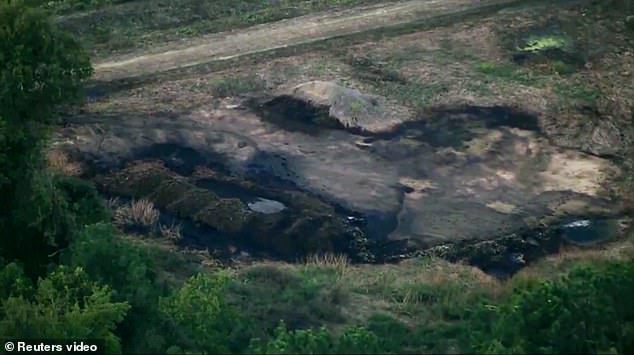
The scorched earth of the crashed fighter jet can be seen in South Carolina on Monday
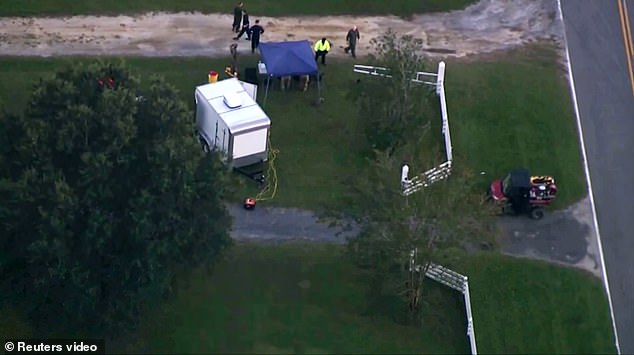
The F-35 crashed only about 80 miles from its base, north of Charleston, South Carolina
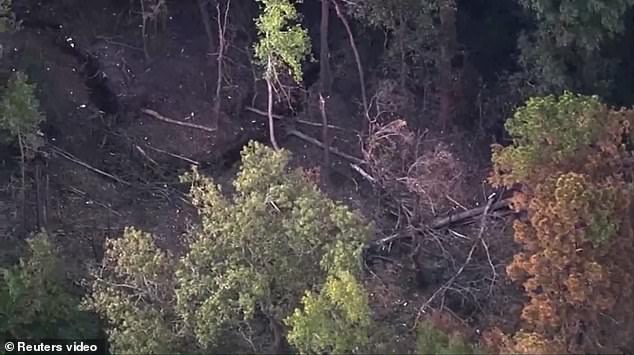
The plane appeared to crash through trees before catching fire in the field
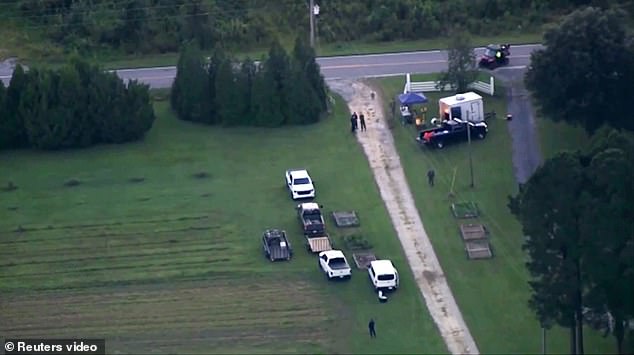
A neatly manicured farm appeared to be the focus of Monday’s search
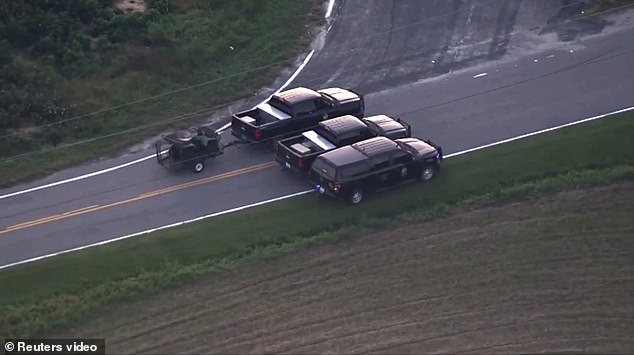
The plane crashed in a field just 80 miles from the air base
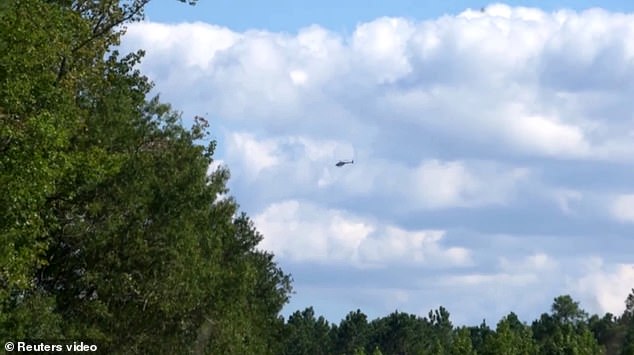
A helicopter is photographed on Monday during the search for the wreckage
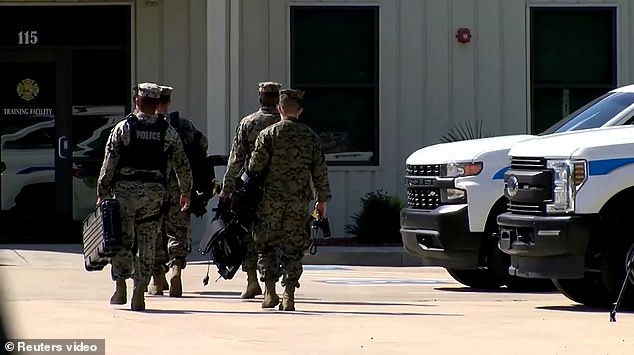
Search and rescue teams are pictured hunting for the plane on Monday
He said the sophistication of the plane made finding it even more complicated.
“The aircraft is stealth, so it has different coatings and different designs that make it more difficult to detect than a normal aircraft,” Huggins said.
Meanwhile, it emerged on Monday evening that the Pentagon had concerns in 2019 that the plane could be vulnerable to hacker attacks – which may have caused panic during the 28-hour search mission.
Corps Commander Eric Smith declared a two-day strike for all aviation units both inside and outside the United States, scheduled to take place sometime this week.
According to an email obtained by ABC News, no units will be allowed to fly until they have had a two-day discussion on safety measures and procedures.
The plane was eventually found Monday afternoon in a county just 80 miles north of the base, with the plane’s wreckage in a well-maintained field.
Aerial footage showed debris in a grove next to the field, where trees had fallen. The field had a large area of blackened scorched earth.
It is not known whether locals informed the military about the crash, which did not appear to have occurred in a remote area.
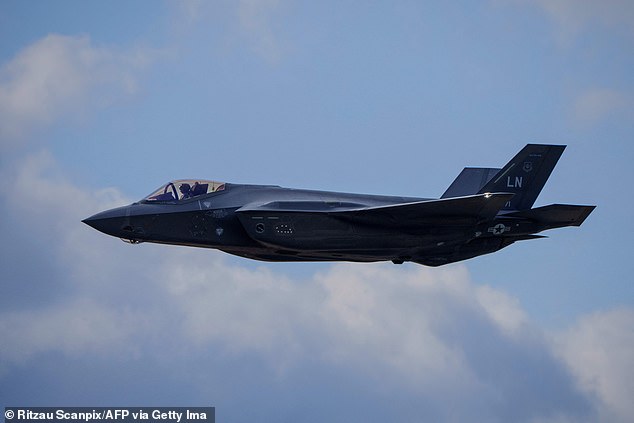
A Marine Corps pilot ejected safely from an F-35 Lightning II jet over North Charleston on Sunday, but his plane was not located until Monday afternoon
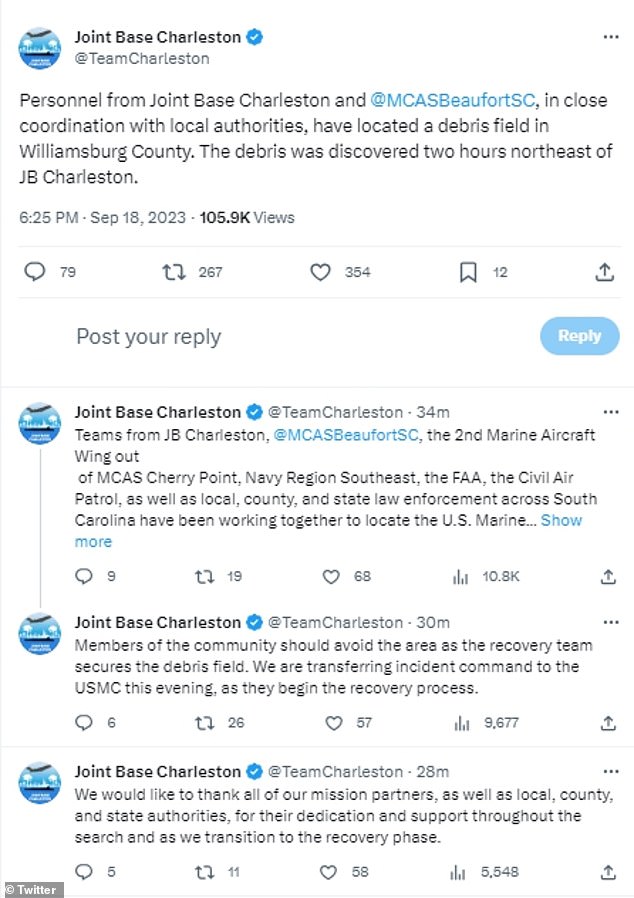
Nancy Mace, a South Carolina representative, said Monday that she had been informed of the search but described the incident as extremely embarrassing.
She said there were pressing questions that needed to be answered about how one of the world’s most advanced fighter jets could disappear.
“And guess what: they had no answers,” she told local news station WMBF.
‘They don’t know if the plane is in the air or underwater. They couldn’t tell me the exact location where the pilot ejected or where the pilot landed.
“And we’re talking about an $80 million plane. How can it just disappear? And how is the Pentagon asking for the public’s help in finding it?
‘It’s just a huge shame.’ Several hours later it was confirmed that the plane had been found, but questions remained.
“Personnel from Joint Base Charleston and @MCASBeaufortSC, working closely with local authorities, located a debris field in Williamsburg County,” the base wrote on X.
“The debris was discovered two hours northeast of JB Charleston.
“Community members should avoid the area while the recovery team secures the debris field. We are transferring incident command to the USMC this evening as they begin the recovery process.”
It now appears that US defense officials raised concerns about safety issues related to the F-35 as early as 2019.
A report from the US government’s General Accountability Office (GAO) warned four years ago that the $80 million aircraft system “provided a backdoor for hackers.”
The plane runs on Lockheed-Martin’s Autonomic Logistics Information System (ALIS), which watchdogs say can be infiltrated by malware that spoofs the system to covertly provide false information, putting perfectly serviceable planes out of service.
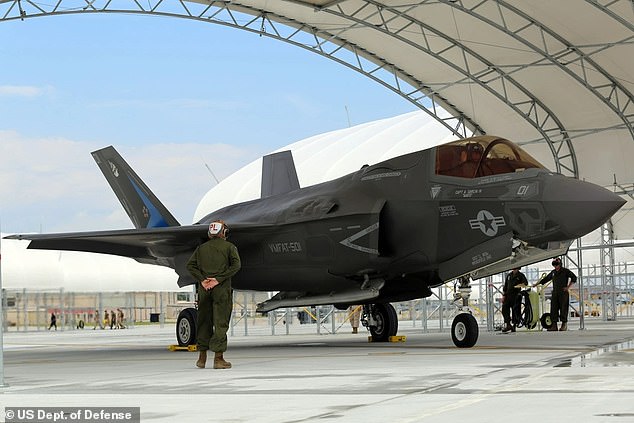
Military officials appealed in online messages on Sunday for all the public’s help in locating the plane
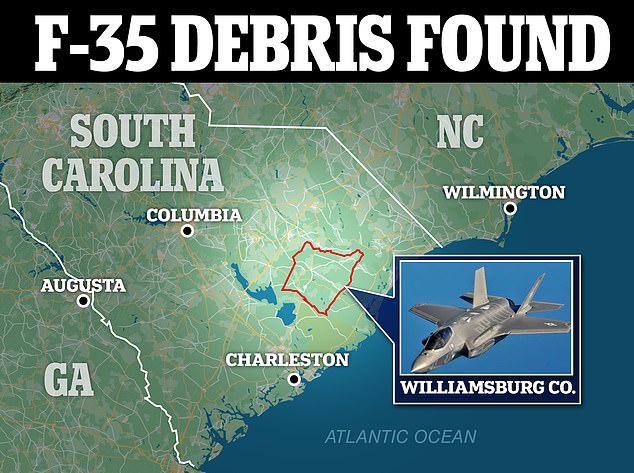
Meanwhile, a government watchdog report warned that the F-35’s weapons systems could be overtaken by “relatively simple instruments and techniques.”
Lockheed Martin remained tight-lipped about the crash on Monday, but said in a statement: “We are aware of the accident involving an F-35B from Naval Air Station Beaufort and are grateful that the pilot ejected safely. We support the government’s investigation.’
The Army has not shared details about what caused the incident, but the 2019 report sheds light on the shortcomings plaguing the Defense Department’s most expensive weapons system.
POGO, a watchdog, released a report in 2019 showing that virtually every software weapons system tested between 2012 and 2017 could be hacked — including the F-35.
The agency wrote: “Despite years of patches and upgrades, the F-35’s most combat-critical computer systems remain defective, including the Autonomic Logistics Information System (ALIS) maintenance and ordering network; and the data connections that display, combine and exchange target and threat information between warfighters and intelligence sources.”
“As in previous years, cybersecurity testing shows that many previously confirmed F-35 vulnerabilities remain unresolved, meaning hostile hackers could potentially shut down the ALIS network, steal classified data from the network and onboard computers, and perhaps compromise the F- 35 can occur. 35 from flying or from accomplishing his missions.’
A 2017 Director, Operational Test and Evaluation report found that 26 percent of the entire F-35 fleet was fully deployable.
POGO’s Dan Grazier shared, “The fully integrated nature of all F-35 systems makes cybersecurity more essential than for any other aircraft.”
In the report, he noted that the aircraft has low “fully mission capable” rates, meaning it is “rarely ready for combat.”
The Marine Corps Air Station in Beaufort — where the pilot took off Sunday — is about 35 miles southwest of Charleston.
It is home to several units of the 2nd Marine Aircraft Wing, including the Marine Fighter Attack Training Squadron 501 flying F-35B Lightning IIs.
Approximately 4,700 military personnel serve with the 6,900 acres utilizing a large air-to-air combat range off the coast of South Carolina and Georgia, along with an air-to-ground combat and bombing range in Georgia’s McIntosh County.
It was home to a highly decorated Marine Corps pilot who died last month when his fighter plane crashed near a base in San Diego during a training flight.
Major Andrew Mettler was piloting an F/A-18D Hornet when it crashed near Naval Air Station Miramar on August 24 just before midnight.
That crash was the fifth Class A aviation accident – totaling more than $2 million in damages or fatalities – in the current fiscal year.
According to the US Navy, it was the first time a Marine Corps aircraft was involved Task & purpose.
